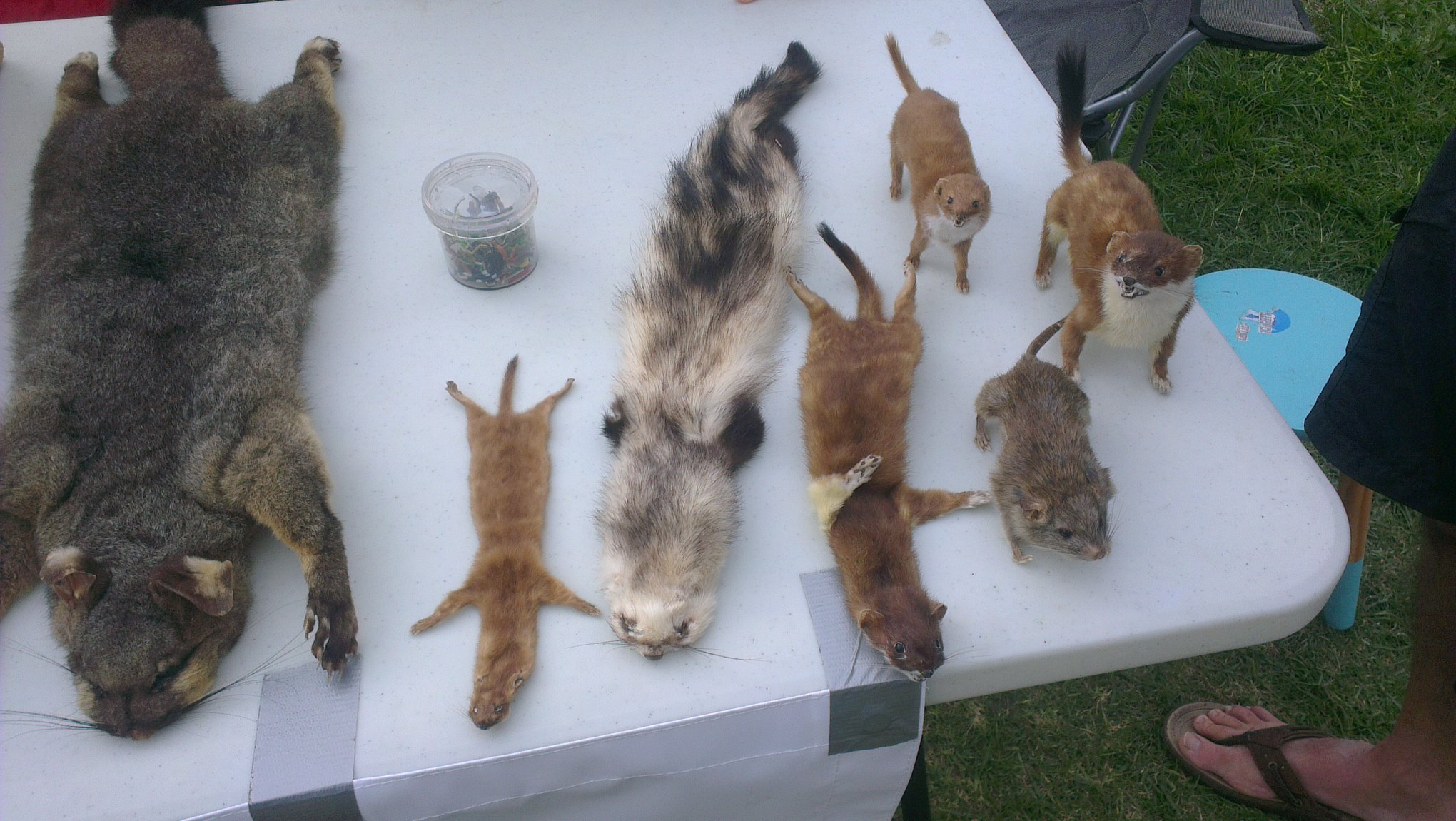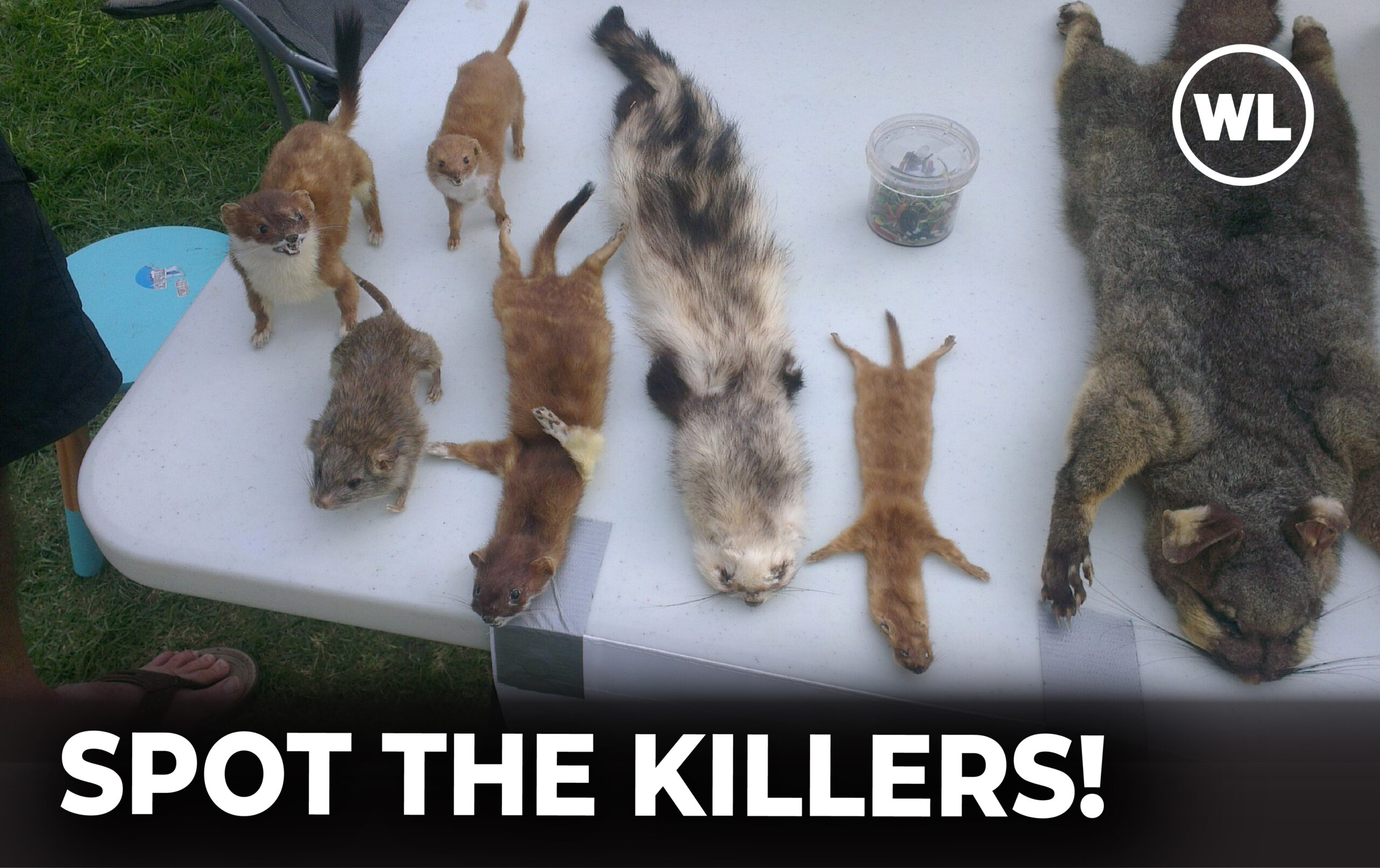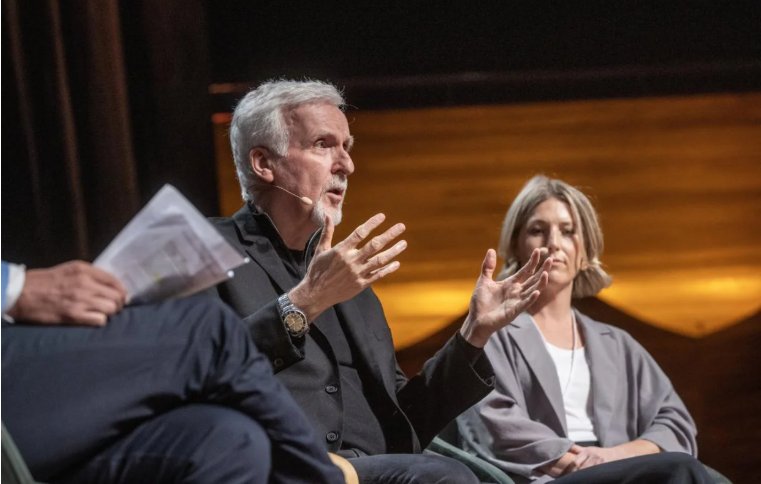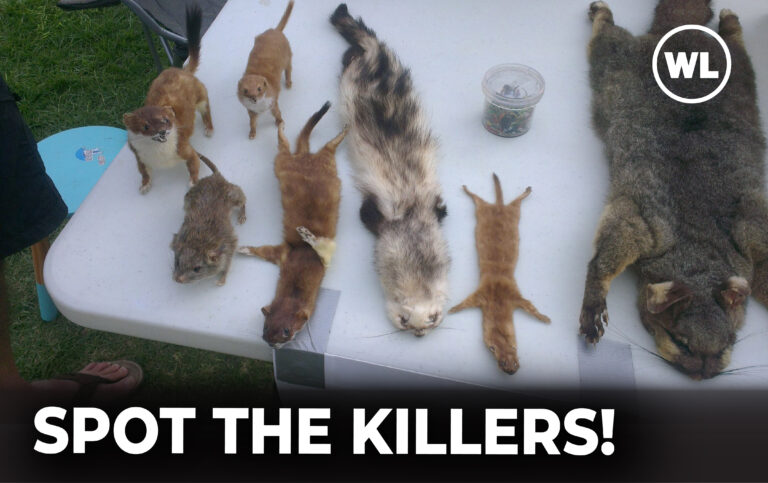Cats vs the Natives: The Battle for Wellington’s Wildlife
Every day in New Zealand, cats kill more than 1.12 million native birds, insects, and reptiles — and Wellington’s precious wildlife is no exception.
As Wellington proudly leads the world in a historic effort to become the first predator-free capital city, one major challenge still looms in our backyards, gardens, and green spaces: the domestic and feral cat.
A Global First – Driven by Wellingtonians
Predator Free Wellington is one of the most ambitious conservation projects in the world. The goal? To completely remove rats, stoats, possums, and weasels from Wellington city — starting with the Miramar Peninsula, where pests have already been eradicated.
And the results are inspiring:
Tūī and korimako (bellbirds) are singing louder across the city.
Kākā have returned to suburban skies.
Even the shy tīeke (saddleback) is making its way back to the mainland.
This community-led project is powered by thousands of Wellingtonians who trap pests in their backyards, plant native species, and protect green corridors. Together, we’re restoring the wild Wellington of the past — one backyard at a time.
But there’s a quieter predator still causing havoc: cats.
The Silent Predator in Our Suburbs
Cats — both owned and feral — are responsible for killing untold numbers of native species around Wellington every single day.
From the town belt to backyard gardens, native birds are under constant threat. Even well-fed pet cats hunt for fun. Fledglings, lizards, wētā, and eggs are easy prey for skilled feline hunters.
Birds like the pīwakawaka (fantail), riroriro (grey warbler), and kākāriki don’t stand a chance when a stealthy cat enters their territory.
Wellington’s Wildlife Comeback Depends on Us
This isn’t about turning against pets. Cats are loved members of many Wellington households. But if we want our native birds, insects and lizards to survive — and thrive — in our capital, we have to acknowledge the role cats play in limiting that recovery.
What Can Wellingtonians Do?
If you live in Wellington and want to help protect our native species, here are some actions you can take:
Keep your cat inside at night, when most hunting happens
Use a bell collar or a colourful collar cover to give birds a chance
Desex and microchip your cats to prevent unwanted litters and strays
Support cat-free zones near reserves and wildlife sanctuaries
Build a ‘catio’ (cat patio) to give your pet outdoor time without the risk to wildlife
A Turning Point for the Capital
Predator Free Wellington has already achieved what once seemed impossible. The Miramar Peninsula is now rat-free, and native wildlife is bouncing back in a big way. The project is now expanding across the city — suburb by suburb, block by block.
But to truly earn the title of the world’s first predator-free capital, we need to tackle every threat — and that means having a community conversation about the role of cats in Wellington’s ecological future.
We can be a city where native birds and beloved pets both have a place — but only if we act with awareness and responsibility.
📢 Join the Movement
Wellington’s native wildlife needs your help. Visit www.pfw.org.nz to find out how you can support the Predator Free Wellington project and be part of a once-in-a-generation transformation.
Let’s make Wellington the wild, thriving, predator-free capital we all believe it can be.
TRUTH SEEKER
Instantly run a Quiz with friends... about the article. Interact more & analise the story. Dig in, catch out biased opinions, and "fact check" with TRUTH SEEKER by ONENETWORK WELLINGTONLIVE 👋
Do you agree with the main argument of this article?
Total votes: 0
What is the goal of Predator Free Wellington?
Bias Analysis
Fact Check Summary
True
Source: Article
True
Source: Article








